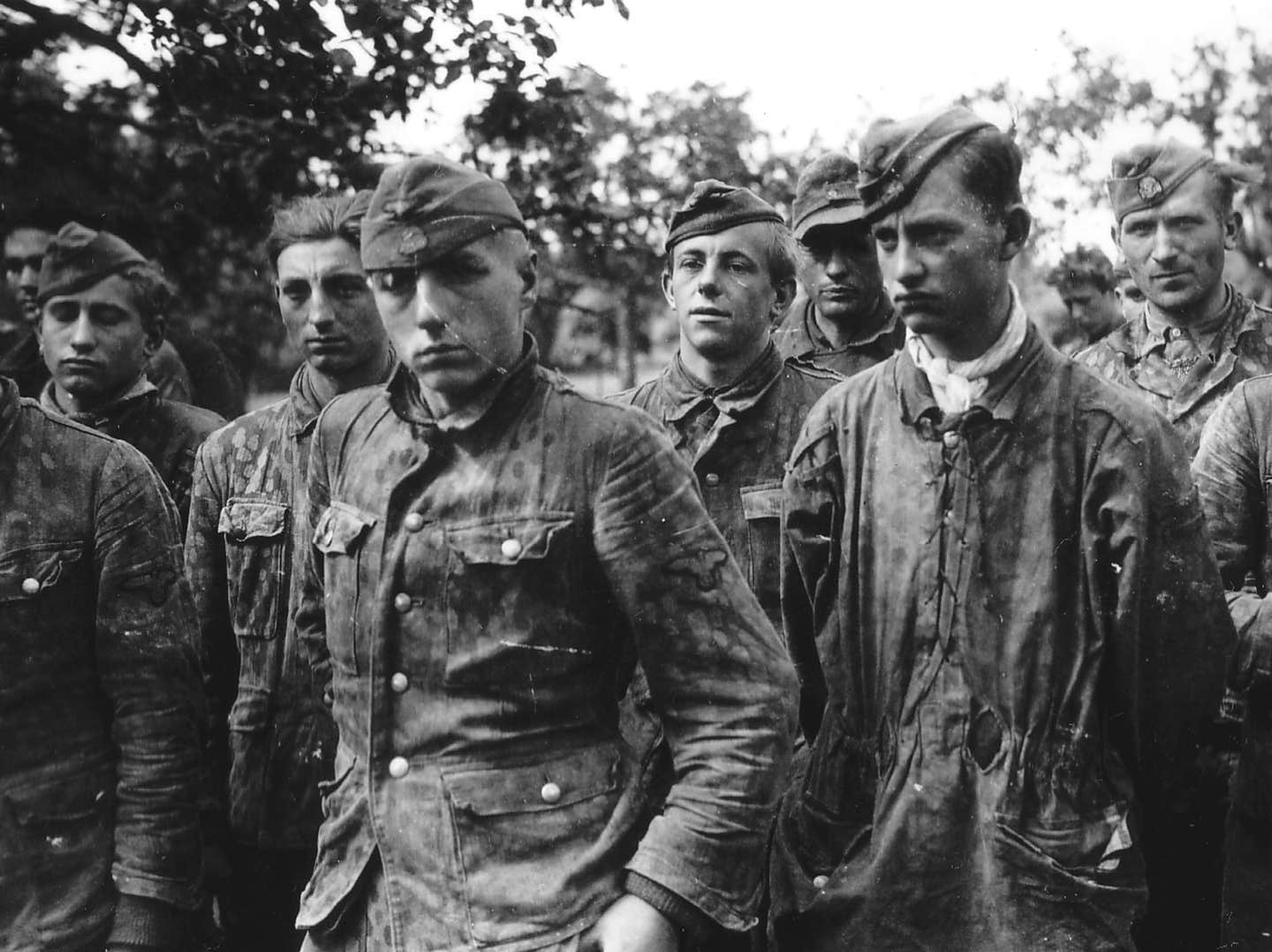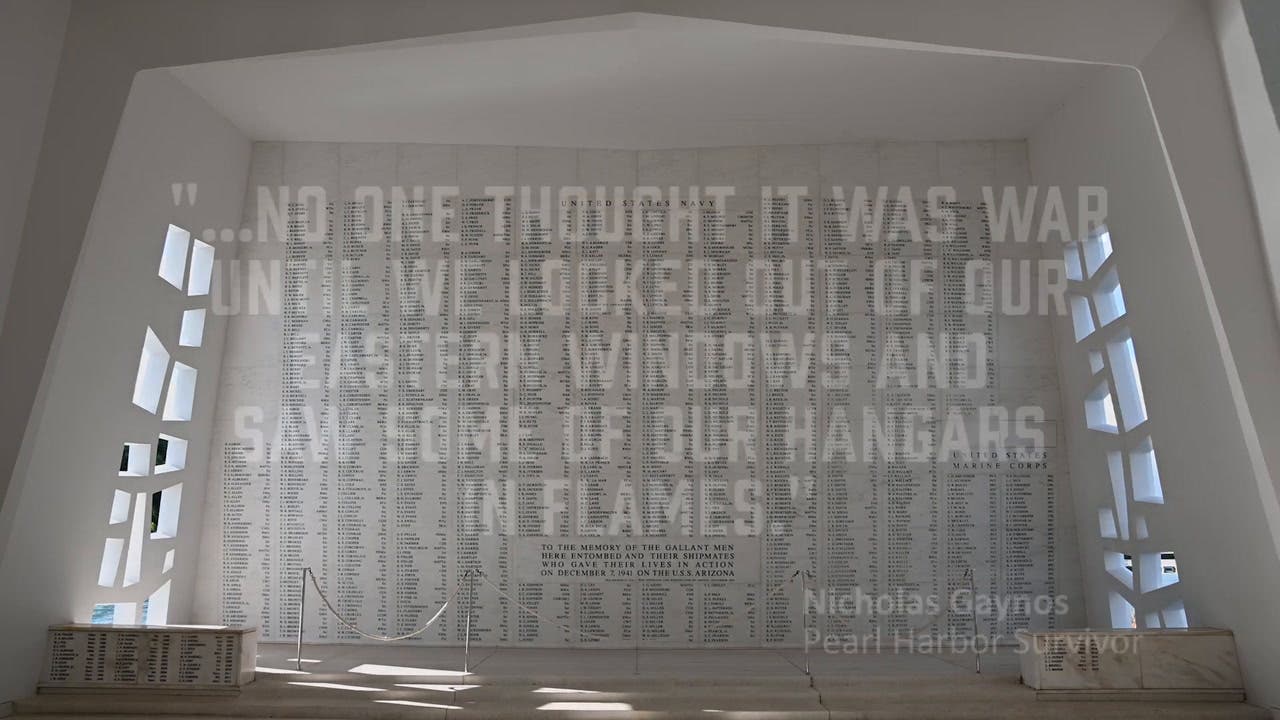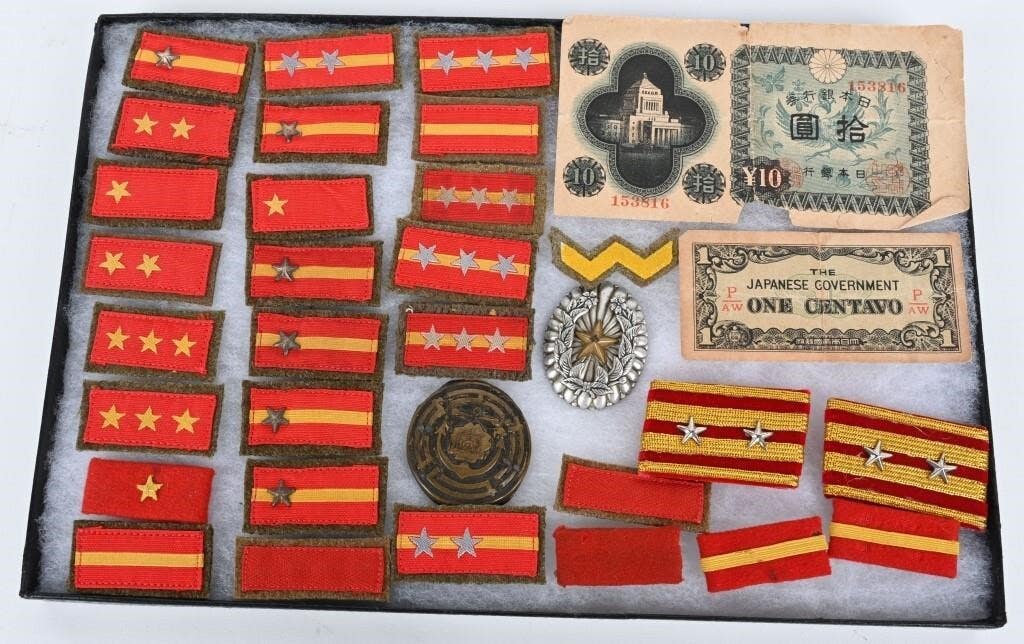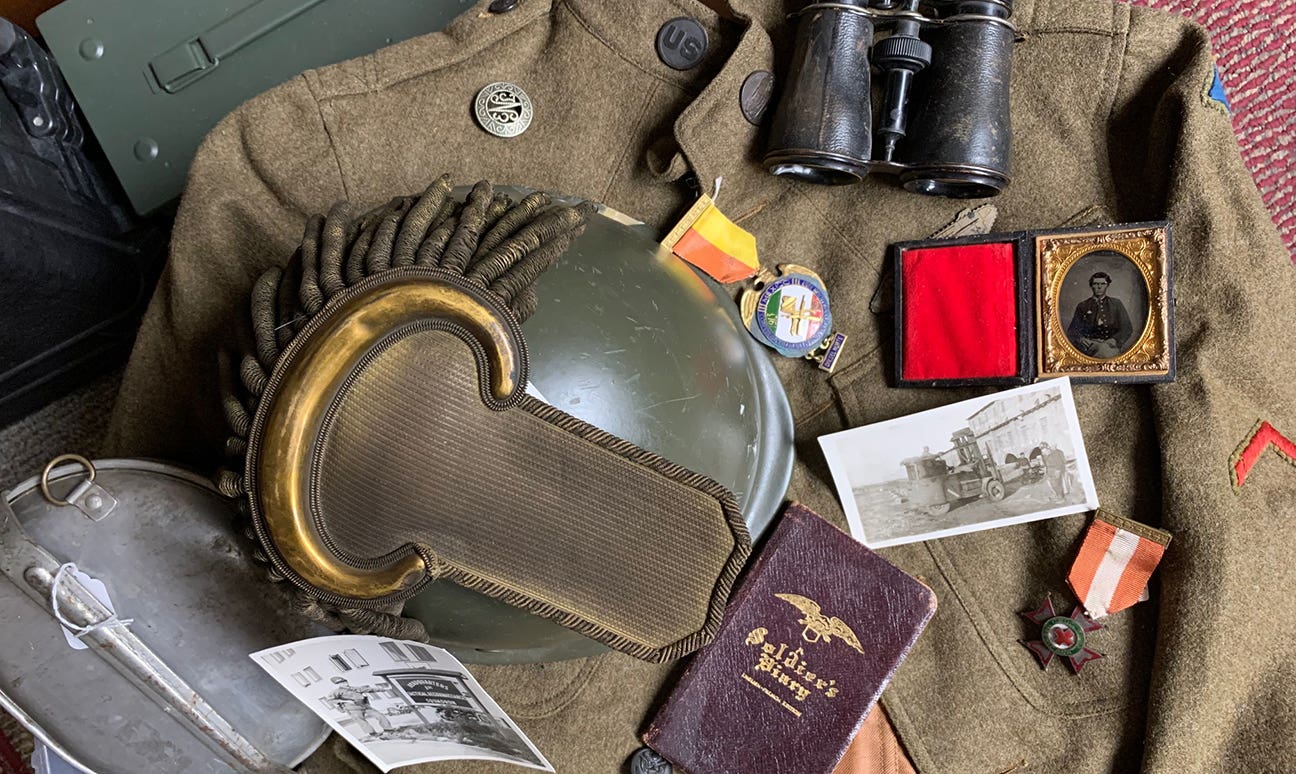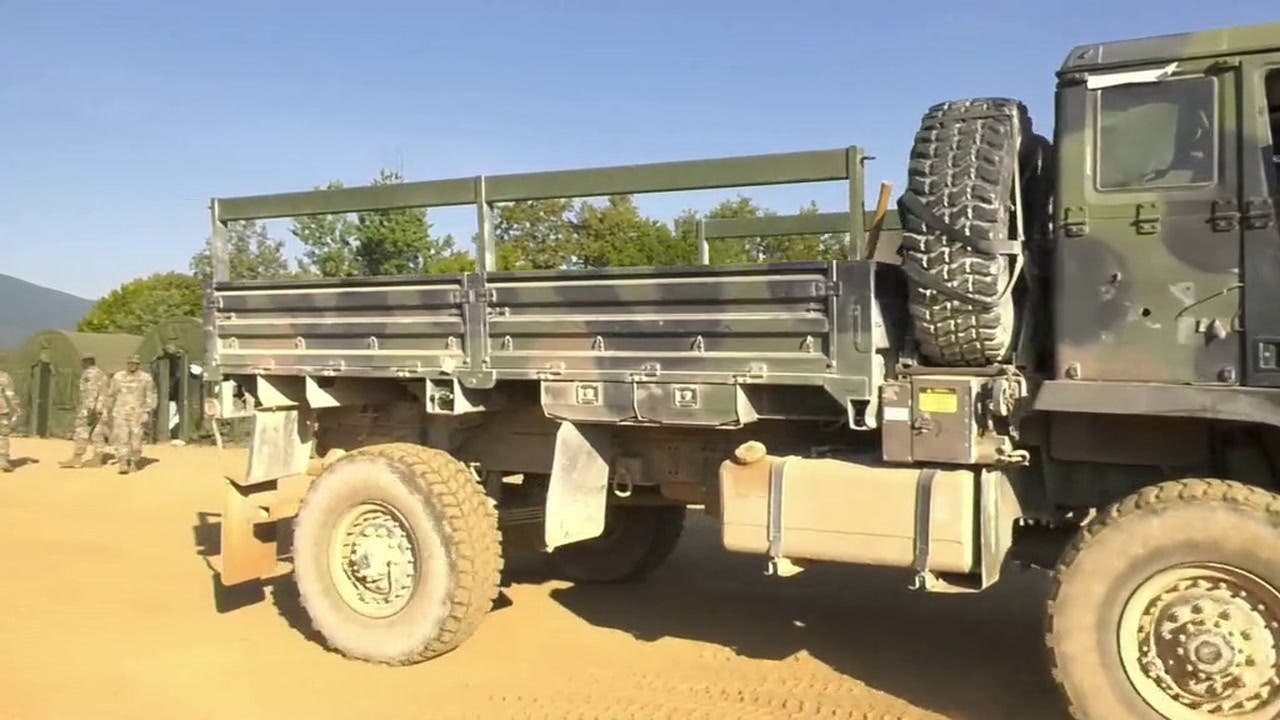Where’d Those Photos Go?
“There’s a problem with the website,” a forum member posted to one of the many Internet boards I frequent. “Photos that I posted last year are no longer available!” I…
“There’s a problem with the website,” a forum member posted to one of the many Internet boards I frequent. “Photos that I posted last year are no longer available!” I hadn’t thought about it until I read this post, but we are facing a historic loss of research information over the next few years.
One of my favorite “News Radio” quotes is when Joe says, "You can't take something off the Internet. That's like trying to take pee out of a swimming pool. Once it's in there, it's in there." For years, I have repeated this admonition to my daughter and others not familiar with the security issues associated with the “social media.” So, when I read that a WWI tank enthusiast could no longer find photos he had posted to the Landships.net site, I began rethinking how I regarded the interplay of our hobby with the Internet.
Military Trader and Military Vehicles Magazine have used social media to vastly grow our collecting sphere. Between the two publications’ Facebook pages, we interact with nearly 18,000 people every day. And the way we do this is by sharing photos—lots and lots of photos: Military vehicles, artifacts, historic views of soldiers, and most anything else we think will appeal to people who are military vehicle and relic collectors and / or enthusiasts. In fact, at last count, we have posted nearly 5,000 images since we joined the ranks of Facebook.
Therein, however, lies the problem. Even though we have posted a lot of photos, there is no systematic way to search for them. The only way to find a particular photo is to search, one by one. There are no categories or finding aids. So, if you are looking for that great image I posted of an M37 or a painted M1 helmet, good luck and start scrolling!
As frustrating as that might seem, at least the images still exist online. It isn’t nearly as bleak as the problem the Landship poster faced. His images were gone—down the proverbial Internet drain! What had happened? Could it happen to me?
THE INTERNET’S NOT A SUBSTITUTE
When I investigated the cause of disappearing photos on the Landship forum, I ran into others who have had the same complaint about other forums. Though it was the first I had heard of it, it has been a swelling problem on the Internet for the past several years.
Here is what is happening. Though some forums supply there own photo “hosting” (think of empty file cabinets), many people, for whatever reason, choose to use photo hosting sites outside of the forum (think of vast warehouses filled with file cabinets that you then rent to use). When they post to a particular forum, those people who have stored their images in one of the vast warehouses don’t go to it, take out a photo, make a copy, and then carry it over to the forum where they “post” the picture. Rather, they just provide the forum with the address of the warehouse. Anytime someone on the forum wants to see that image, a little message goes from the forum to the warehouse that opens the drawer for a peek at the photo. When the viewer goes to a new post, the drawer closes.
Now just like the public storage facilities you see on “Storage Wars,” the owners of these warehouses don’t like people to store their photos indefinitely. If they find your particular storage area has been dormant too long, they EMPTY OUT THE STORAGE! You probably didn’t know this would happen, but it was in the “small print” when you checked the box “I accept the terms of agreement.”
Don’t get me wrong, this is not a rant about the Internet. I love the Internet—it is the single best thing that has happened to collecting in my lifetime. Every day, I sit between three computers just so I keep three research lines open. I might be researching a British Waterloo Medal on my PC, while I search for AEF Tank Corps soldiers on my netbook, and look for photographs of M26s Pacifics on my Macintosh. This is, however, a reminder—no, a warning—that the Internet is a not a historian’s or archivist’s choice for storing information.
Increasingly, computer companies are teaming with web search companies to create “clouds.” You have heard about it, many of us use it. The Cloud, however, can be a dangerous, expensive place to store your important historical records.
Both Macintosh and Google are marketing inexpensive computers that rely on cloud storage. Sitting here with 11 external drives hooked between the three computers, that sounds appealing to me. I have to remember, though, the Cloud is the ultimate rental storage facility. If I rely on it to store the more than 70,000 photos I have on my hard drives, I have potentially lost the control of them. At some point, Google or whatever version of the Cloud I might choose will say, “John, your account has become dormant. We are going to free up space.” And in the flick of a microsecond, years of gathering, researching and compiling of historic records could be gone.
Though that scenario is the extreme, what is more plausible is, at some point, the Cloud’s welcoming inclusiveness will become slightly less welcoming. “Storage fees” will begin to appear, with the goal of “subscribing” users to its service. Believe me, when I tell you the goal is always to get users to subscribe to a service, I know about that which I speak!
WE ARE THE PROTECTORS OF HISTORY
Okay, I admit it. I am prone to raise a banner at the drop of a hat. Ever since Bill Combs said I looked like Kevin Branagh in Henry the V, I yearn to give my “Band of Brothers” speech to someone—anyone. Well, I am not daft enough to take on Google or Macintosh, so I won’t advocate the total disavowal of Cloud storage.
I am, however, a lover of history. I know how the research we do in our collecting can be the foundation for the next generation’s research. And to that end, I want you to join me in considering what are the best methods for preserving our research.
Posting our “finds” on an Internet forum to garner instantly gratifying acclaims of “Good job,” “Like,” or “Thumbs up (in the form of an emoticon!)” is not the end of our obligation to historic research, or the soldiers who served. We are just temporary caretakers of the objects and vehicles we collect. The obligation that goes along with the enjoyment of collecting is providing a solid record of information that can be passed forward. Unfortunately, the Internet masquerades as serving that role, but photos disappear, forums cease to exist, and total web sites vanish irretrievably destroying research.
I know a lot of people want to believe that traditional research and publishing has evolved beyond print products. If the cloud collapsed today, however, I will still have access to the 70,000+ photos I have amassed, the years of Mexican War research in my cabinets, the books I have written, the articles I have printed, and the relics that decorate my office. There are a lot of good reasons to keep hard copy, backup images, practice conservation of relics, and yes, to publish. So far, Google or Macintosh hasn’t figured out how to charge you for those books on your shelf or magazines in the mailbox. If you retain your hard copy (or even digital copies on your own hardware), when you need to access information in a few years, you won’t have to pay a membership to read them.
Remember, the preservation and sharing of history is not the goal—nor the responsibility—of the Cloud, any forums, or hosting sites. The responsibility belongs to each of us. If an item is good enough to collect, it should be good enough for us to insure the history can be passed to the next caretaker. Please consider how that is best done.
The incredible amount of people researching and sharing military history has exploded in the last 20 years. The challenge for the next 20 years is to protect that great research from dissolving into oblivion.
Preserve the History,
John Adams-Graf
Editor, Military Trader and Military Vehicles Magazine
JAG’s Shout-Out: Speaking of printing and preserving information, did you know that PORTRAYAL PRESS keeps thousands of reprinted and original manuals, books, and videos in stock? They have been revamping their web site to make it even easier to find the information you need to build your own private research library. Check them out online at: www.Portrayal.com
John Adams-Graf ("JAG" to most) is the editor of Military Trader and Military Vehicles Magazine. He has been a military collector for his entire life. The son of a WWII veteran, his writings carry many lessons from the Greatest Generation. JAG has authored several books, including multiple editions of Warman's WWII Collectibles, Civil War Collectibles, and the Standard Catalog of Civil War Firearms. He is a passionate shooter, wood-splitter, kayaker, and WWI AEF Tank Corps collector.



